Table of Contents
The History of This City
Dehradun, located at the foothills of the Himalayas, is one of the oldest cities in India with a diverse history. The city has deep ties to ancient texts such as the Mahabharata and Ramayana, with legendary associations to figures like Guru Dronacharya and Lord Ram. It has been part of various dynasties, including the Mauryan Empire and Mughal reign, and witnessed significant cultural and political changes throughout history.
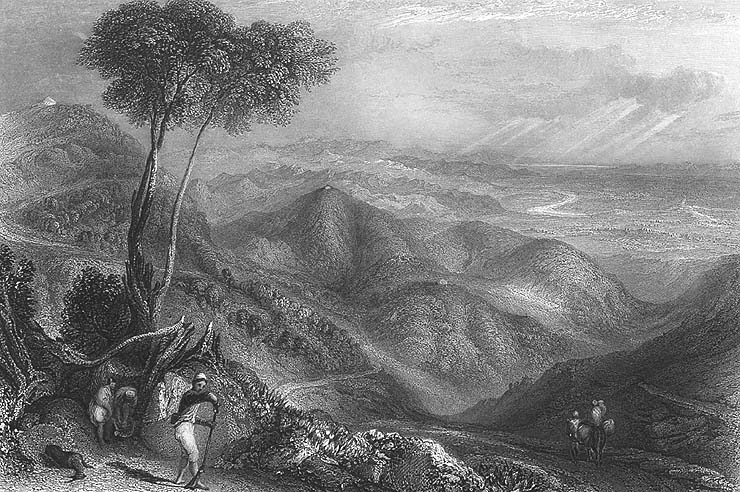
Dehradun: The Story Behind Its Name
Dehradun got its name from the union of the words’ Dera‘ and’ Dun‘, which means Camp in the Valley. Being one of the oldest cities in the country, Dehradun owes a maturity of its history to the Mahabharata and Ramayana. It’s stated that the place got its name from’ Guru Dronacharya‘ of the Mahabharata, as the city is also popularly known as the’ Abode of Drona‘. This is because of the fact that this fabulous guru of Kauravas and Pandavas from the grand Mahabharata was born and brought up in this city.
Also, it’s also said that Lord Ram and his family Laxman visited this city after their battle with Ravana was over. During the 7th century, Dehradun was firstly known as ‘Sudhnagar‘ as described by the Chinese sightseer Huen Chang. Later this name was changed to Kaalsi. Many believe that the life of Ashoka, one of the most influential rulers within the Mauryan Empire (321–185 BCE), saw Dehradun within its realms.
The validation for the actuality of Buddhism as a religion and culture easily entered the area, apparent also from the remains analogous to Rajaji National Park as well as Malsi Singh Temple, established during this period. Some others believe that the eldest son of seventh Sikh Guru Har Rai, Guru Ram Rai, founded Dehradun in the eighteenth century. It’s said that he came to this area in 1675 and abided in a small village ‘called Dhamawala’ around which Dehradun traditionally developed.
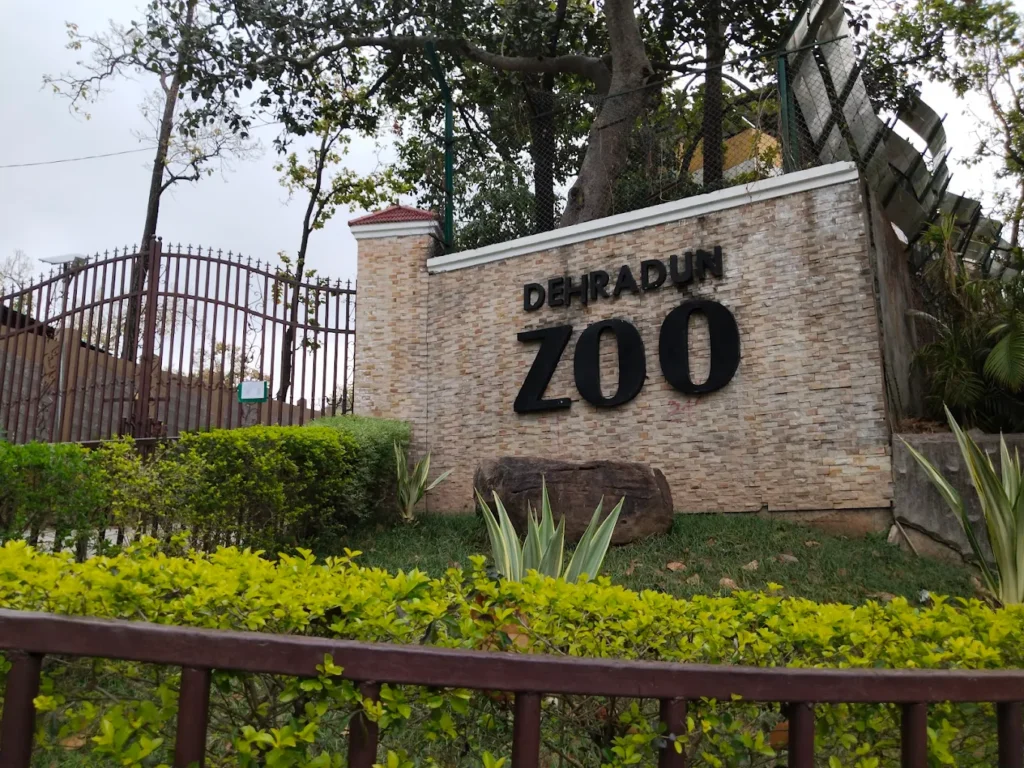
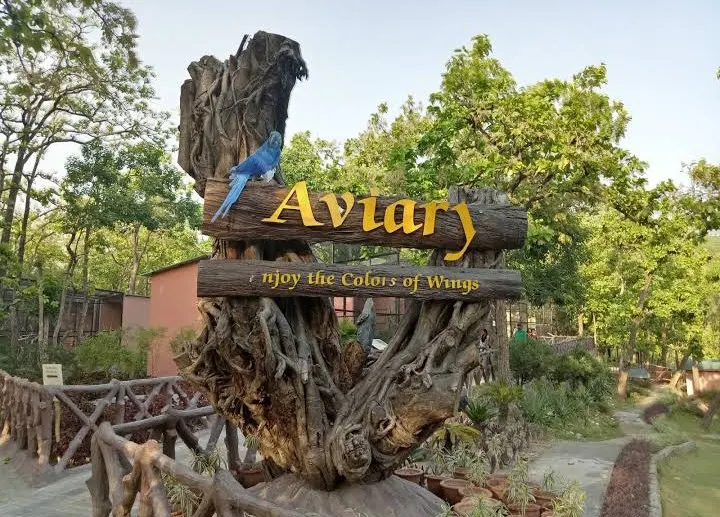

Traces of Mughal Heritage
The Mughal Emperor Aurangzeb was largely impressed by the miraculous powers of Ram Rai. He asked the contemporary Maharaja of Garhwal, Fateh Shah, to extend all possible help to Ram Rai. Firstly, a Gurudwara was erected in Dhamawala. The construction of the present structure, Guru Ram Rai Darbar Sahib, was completed in 1707.
There is a filmland of gods, goddesses, saints, pundits, and religious stories on the walls. There’s a cinema of flowers and leaves, brutes and raspberries, trees, and similar faces with pointed tips and big eyes on the bends, which are the symbols of the color scheme of Kangra-Guler art and Mughal art.
High minarets and round pinnacles are the models of Muslim art. The huge pond in the front, measuring 230 by 80 bases (70 m × 24 m), had dried up for lack of water over time. People had been ditching rubbish; it has been repaired and revived.
Impact of Mahmud of Ghazni’s Invasion: Historical Insights
Dehradun was raided by Mahmud of Ghazni during his juggernaut into India, followed by Timur in 1368, Rohilla principal Najib announcement-Dawlah in 1757, and Ghulam Qadir in 1785. In 1804, battles of Khurbura at Dehradun were fought between Garhwal king Pradyuman Shah and Gorakhali forces led by General Amar Singh Thapa.
In which King Pradyuman Shah failed; also this area came under the control of Gorakha. In 1806, the Nepalese warlord Kaji Amar Singh Thapa, under the central leadership of Prime Minister Mukhtiyar Bhimsen Thapa, united numerous of the Indian homes that now fell under places similar to Almora, Kumaon, Garhwal, Shimla, and Dehradun.
The Conglomerate of the Guptas and Their Successors
The period of the Gupta Empire (320–550 CE), which is arguably the golden age of India, also impacted Dehradun relatively remarkably. This city was also part of the Gupta Empire, which is often referred to as India’s Golden Age. This period enriched the city culturally, with influences that can still be seen in its heritage.
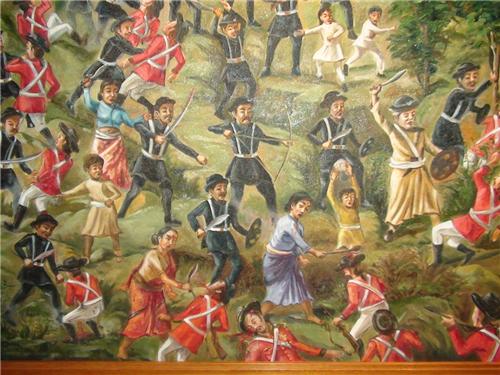
The British Era : Key Historical Sites to Visit
The British East India Company established its presence in Dehradun in the early 19th century. The British honored the strategic significance of the region, located on the trade routes to Tibet and Central Asia.
They developed this city as a military cantonment and a hill station, attracting British officers and their families seeking respite from the scorching plains of northern India. On the western front, Garhwal and the corridor of Himachal Pradesh up to Punjab, and on the eastern front, the state of Sikkim up to Darjeeling, came the corridor of Nepal for a brief period until the British East India Company went to war from 1814 to 1816. The war ended with the signing of the Treaty of Sugauli, where nearly a third was ceded to the British East India Company. The British got this city in 1816 and settled Landour and Mussoorie in 1827–1828. Under British rule, this city witnessed significant development.
The establishment of educational institutions, similar to the Doon School, also contributed to the artistic and intellectual growth of the megacity.
Dehradun From Freedom Struggle to Uttarakhand’s Capital
Jawaharlal Nehru, India’s first high minister, was relatively fond of the megacity and frequently visited. He spent his last many days there before passing away in Delhi in 1964.
Another leader from the independence movement, Rash Behari Bose, who was one of the crucial organizers of the Ghadar conspiracy and, latterly, the Indian National Army, was grounded in dehradun in his early days before he was forced to move to Japan in 1915 to continue the freedom struggle.
Post-independence Dehradun and other corridors of Garhwal and Kumaon were intermingled with United businesses, which was later renamed the state of Uttar Pradesh. In 2000, Uttarakhand state was created from the northwestern sections of Uttar Pradesh under the Uttar Pradesh Reorganisation Act, 2000. Dehradun was made its interim capital.
Establishment of Modern Dehradun
The megacity was set up in 1867 with its first road station erected in 1900’s via Haridwar, which was preliminarily connected in 1886 and in 1901, this city had a population of about 24,039 and was a major part of India during the British Period as a section of the Meerut division of the United businesses.
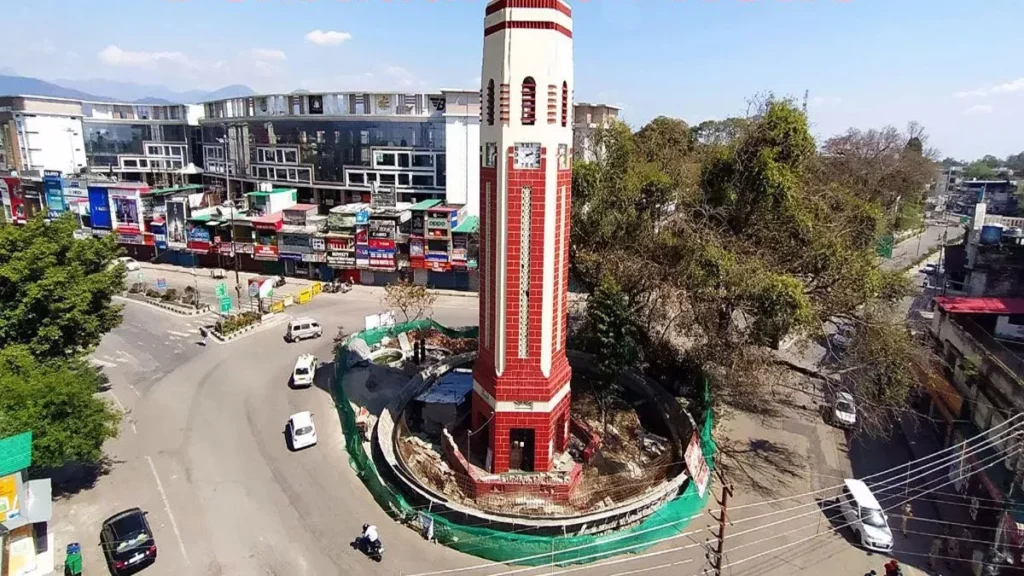
After Independence, Dehradun and other corridors of the Garhwal and Kumaon Region were combined into the United businesses, which was renamed Uttar Pradesh. Still, during 2000, a new state called Uttarakhand, which was before known as Uttaranchal, was formed through the Uttar Pradesh Reorganization Act 2000, which comprised all the northwestern sections of Uttar Pradesh.
This city was made its capital and since then this megacity has been continuously developing.
Cultural Heritage
Rich cultural heritage is evident in its diverse population, traditions, and festivals. The city is home to people from various ethnic groups, including Garhwalis, Kumaonis, and Punjabis. This diversity has contributed to a vibrant cultural scene, with a wide range of festivals, music, dance, and cuisine.
Some of the notable cultural attractions
- Tapkeshwar Temple: A temple which is dedicated to lord Shiva in the bank of river Tons river
- Robins Peak: It is a picnic spot for couples.It is located near Anarwala Village at 8 km from dehradun city
- Mindrola Park: A beautiful botanical garden with a variety of plant species.
- Forest Research Institute: A renowned institution dedicated to forestry research and education.
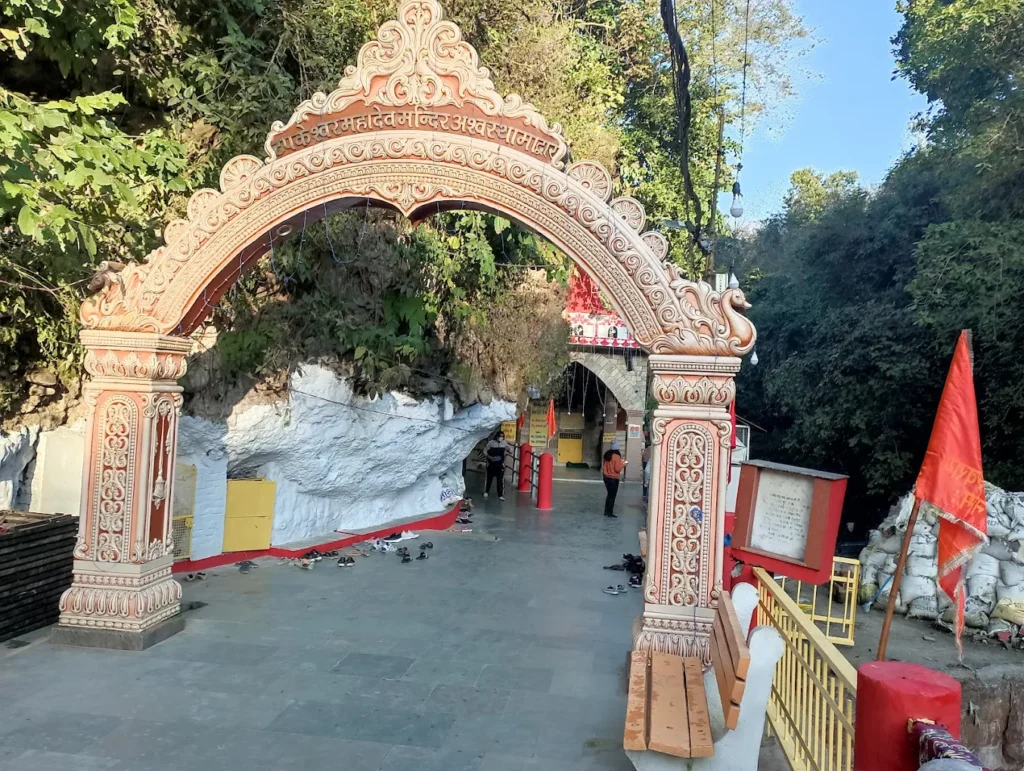
Some facts about this city
- State: Uttarakhand
- Area: 3088.00 square km
- Population: 578,420
- Population Density: 549/km²
- Language: English, Hindi and Garhwali
- Latitude: 30°19’00’N
- Longitude: 78°01’59’ E
- Literacy Rate: 89.32%
- Altitude: 960m above sea level
- Sex Ratio: 873 females per 1000 males
- Temperature: 27.8 °C (max); 13.3 °C (min)
- Time Zone: IST (UTC+5:30)
- STD Code: 91-135
- Postal Code: 248001
- Vehicle Code: UK 07
- Average Rainfall: 2073.3mm (Annual)
- Religion: Hindus-86%, Muslims -10%, Jains-1.4%, Others-2.6%
FAQs
What is the historic significance of Dehradun?
This city holds significant historical importance as it is one of the oldest cities in India with relation to the Mahabharata and Ramayana and dates of Mauryan, Mughal and British times.
What was Dehradun’s role in the British period?
During the British period, Dehradun was a cantonment and a trade centre. Infrastructure in the form of railroads and educational institutions flourished during the British period.
Who was Guru Ram Rai? Why is he important for Dehradun?
Guru Ram Rai was the son of 7th Sikh Guru Har Rai. He is said to be the founder of Dehradun in the 17th century and established the significant religious site, Guru Ram Rai Darbar Sahib.
What are the famous historical sites in Dehradun?
Major historical landmarks include Tapkeshwar Temple, Forest Research Institute, Guru Ram Rai Darbar Sahib, and remnants of Ashokan inscriptions at Kalsi.
Dehradun’s Association with Mahabharata and Ramayana
The Mahabharata credits Guru Dronacharya’s residence as Dehradun, while it is believed that Lord Ram along with Laxman visited this place after killing Ravana.
What are the natural attractions around Dehradun?
Robber’s Cave, Malsi Deer Park, Sahastradhara, and Mindrolling Monastery are some of the most visited sites and reflect the scenic beauty of Dehradun.
What role did Dehradun play in the freedom struggle of India?
It was the city where leaders like Rash Behari Bose spent a considerable amount of time, and during the independence fight, it was the center of nationalists.
Why is Dehradun the capital of Uttarakhand?
This city was made the interim capital of Uttarakhand in 2000 as it was central to all places, accessible, and has historical importance in the region.
Final Thought
This city is a unique convergence of history, culture, and nature. From ancient legends of the Mahabharata to its Mughal and British influences, the city has grown into a thriving capital of Uttarakhand. Its rich heritage, diverse population, and serene landscape make it an essential destination for history enthusiasts, nature lovers, and cultural explorers. Whether tracing its historical roots or enjoying its vibrant modernity, Dehradun remains a city that beautifully connects the past with the present.
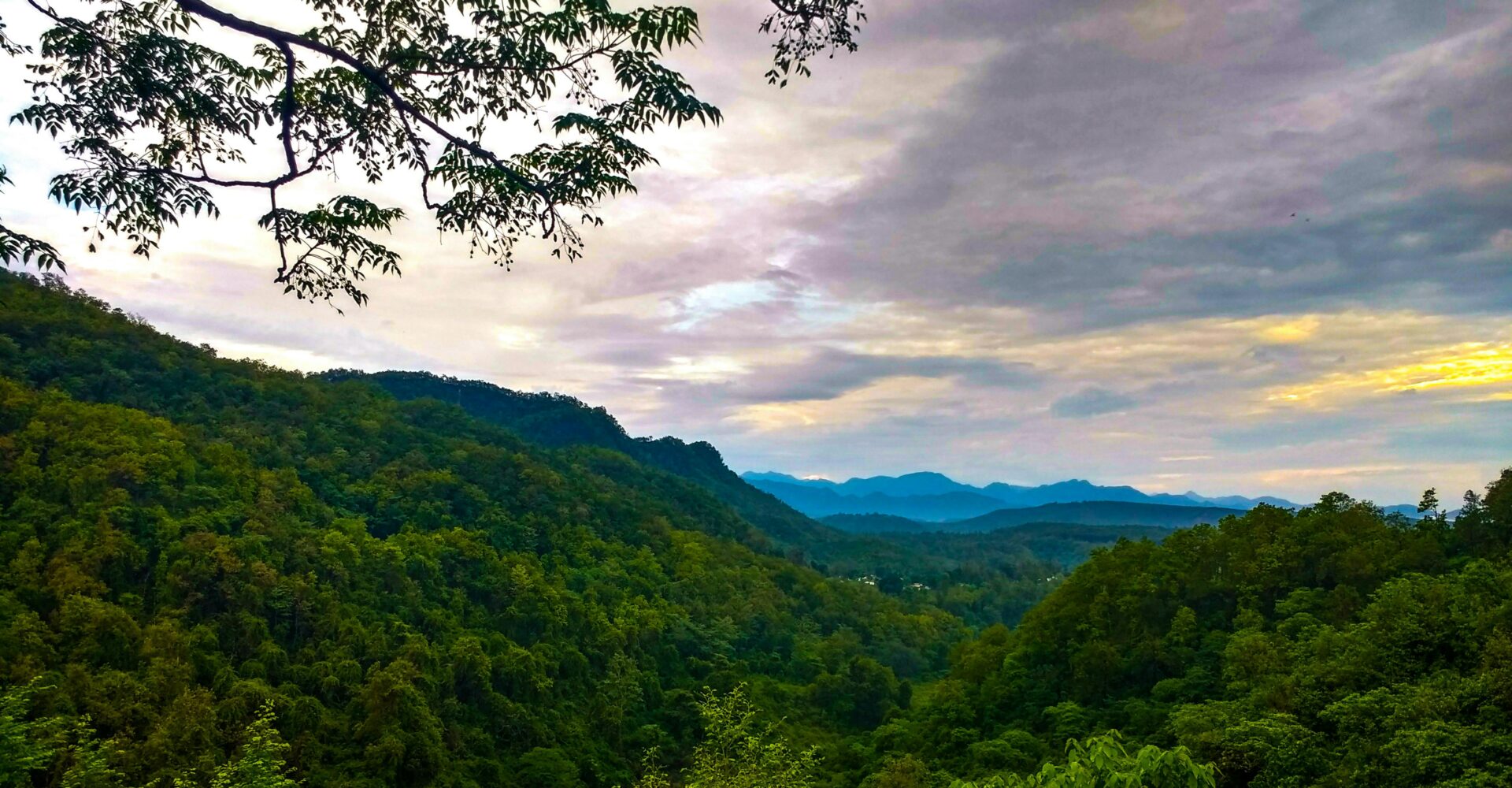

[…] city of Dehradun is so famous for its fantastic views that are both sides of the city being surrounded by the […]
[…] an international airport to boost regional tourism and improve access to The Best Tourist Places in Dehradun, although the expansion has faced opposition due to environmental concerns in the ecologically […]
[…] seeking fun on a budget. Affordable cafés and dhabas play a critical role in making nightlife in Dehradun accessible to […]
The clarity and insight you offer here have the power to change the way we see the world around us.
[…] Thukpa: A Tibetan noodle soup that has become a staple in the Cuisine of Dehradun, especially during […]